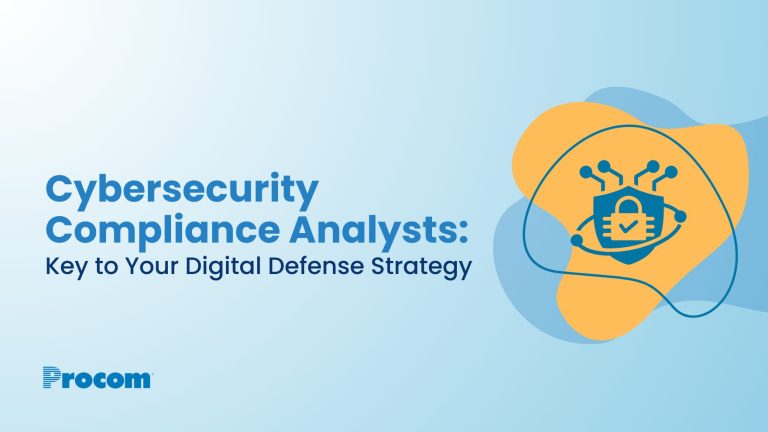Organizations today are pushing through the greatest workforce disruption in generations and in order to remain competitive, employers are increasing their utilization of contingent talent to meet their resourcing demands and deliver on their strategic initiatives.
Contingent talent can go by a variety of names, including freelancers, gig workers, temporary talent and Independent Contractors, but regardless of the naming convention, the purpose of their role remains the same: To complete long or short-term project work.
And according to 2021 Gartner research, 32% of business leaders are planning on replacing full-time employees with contingent talent as a cost saving measure.
Yet, as the war for talent continues into 2022, companies are looking for better ways to attract and engage contingent talent.
Direct Sourcing in contingent workforce management
Direct Sourcing is a trending recruitment strategy that continues to grow in popularity. And while Direct Sourcing can offer many benefits, the opposite can also be true if an organization doesn’t have the proper strategy and program enablement in place to help it succeed.
If your organization is considering making Direct Sourcing a part of your contingent workforce talent acquisition strategy, there are several key steps to take when designing your program.
Direct Sourcing program design
The best Direct Sourcing programs usually complement an organization’s existing recruiting practices rather than replacing them altogether, and programs can vary greatly based on the individual organization’s needs and available internal and external resources.
Below is an overview of four key activities that organizations should consider when designing their own Direct Sourcing program, from the informal to the fully-developed:
1. Benchmark the current state of your Talent Acquisition Program
- Before launching a Direct Sourcing channel, it’s important to have a benchmark of your current talent acquisition program.Consider:
• How well is your current program performing?
• How do hiring manager stakeholders feel about your current program?
• Is your current program serving their needs?
• Are you getting the talent that they want and in a timely manner?
Be it the cost of hiring, speed of process or access to candidates, the decision to implement a Direct Sourcing channel is driven by the goal of improving on one or more of these aspects.
As such, having a good understanding of the performance of your current program will allow you to set – and measure – eventual goals that you would like to see with your new Direct Sourcing channel.
2. Set explicit goals for your Direct Sourcing Program
Benchmarking allows you to spot the most glaring gaps in your organization’s current talent acquisition program, while also identifying areas for improvement.
Captured by the Staffing Industry Analysts in a 2020 research report, here are some key motivators for buyers who were adopting or considering a Direct Sourcing program option. According to the report, two of the largest areas of opportunity are (1) improving access to talent and (2) reducing contingent worker cost. Do these goals align with the goals of your organization?
3. Determine the role of people and technology in your Direct Sourcing program
As organizations are increasingly seeking to leverage automation and Artificial Intelligence to disrupt the current state of recruiting, the recruitment technology space is being heavily invested in and is rapidly evolving.
With that said, depending on an organization’s budget and use case, there are different options and technical requirements required when implementing a Direct Sourcing program.
Some of these technical considerations include front-facing processes, such as creating an online talent community hub and connecting to an external job board; while others are back-end, like Applicant Tracking Systems.
With tools to make a recruiter’s job more efficient, you must now determine whether you want to use an internal or external recruitment team.
If your organization elects to hire internal recruiters, consider:
• Will they be on contract or full-time additions to your team?
• Will you need to dedicate additional resources to managing them and their daily activities?
• Does your organization have processes ready for when the recruiter is onboarded to your team, or will your organization need to dedicate resources to develop this process?
If your organization elects to hire external recruiters, consider:
• Who is the right partner for this job?
• Will your recruitment partner have adequate knowledge about the intricacies of your organization?
• How will the costs of external recruiters fit into your organization’s budget?
4. Evaluate the costs involved in a Direct Sourcing Program
There will be costs associated with designing and implementing a Direct Sourcing program. The goal, however, is to design a program where the value provided to your organization eclipses its costs and other challenges.
Going back to previous points, the costs of a Direct Sourcing program will vary depending on the technology that an organization elects to use and the internal/external team that they create to perform the recruitment function.
For the use of technology, fees vary considerably. However, a good rule of thumb is that Direct Sourcing technology costs are typically in the 1%-3% range of the contractor’s billable rate. There are also costs when considering recruitment support.
Considerations with an internal recruitment team:
• Your organization can budget for this team accordingly depending on the amount of support that is needed for the program.
• You must carefully consider your overall incentive model. The best recruiters in the business are often attracted to the vendor side as there are more opportunities to leverage their abilities and maximize their earnings.
Considerations with an external vendor:
The cost model is typically like that of a contingent vendor (a markup on every hire). Although this fee should typically be lower than a contingent vendor, these fees may vary considerably. Discussing with your vendor partner to ensure you are aligned on your program goals and expected volume levels can result in reduced fees.
In closing
Launching a Direct Sourcing Program begins with setting clear and achievable talent acquisition goals, supported by a resourcing plan that outlines the people and technology needed to achieve those goals. An effective Direct Sourcing program will leverage the organization’s brand to position the company as a client of choice for top talent.
Want to learn more?
- I invite you to watch this webinar: An introduction to Direct Sourcing Program Design, to gain a deeper understanding of the four key steps to designing your Program.





